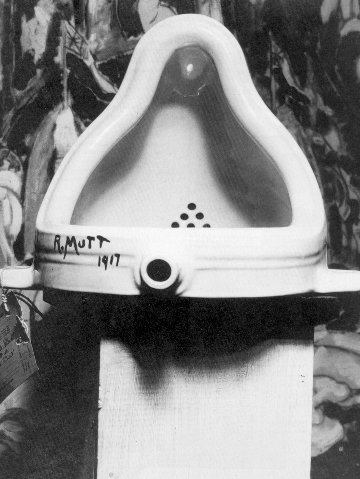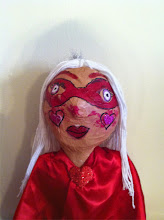During the Industrial Revolution, new ideas were starting to arise in popular culture. Technology brought change to a society, binging people into the cities and ranging the fabric of society forever. As more people moved into the cities, the educated started questioning and reevaluating ideas of philosophy, culture, and art. In the later 19th century Modern Art was born with the philosophy of questioning its own relevance and existence.
Art is always reflective of the time it is apart of and artists starting seeing the world in a whole new light. Many believe it started in Paris as a result of the French Revolution more than fifty years before the Salon des Refuses. Many people view Modern Art as an overall movement and time period, an umbrella to many different art styles ranging into the 1970’s. Before the early 1900’s, artists were commissioned by churches or wealthy families to create specific works of art. A characteristic of Modern Art reflects the change that artists created art to express themselves and later find funds to support their craft.
In 1939, Modern Art became official by the American art critic Clement Greenburg. Greenberg is credited to defining art during this period up to the as well as the Abstract Expressionists and its poster-child, Jackson Pollock. Art enthusiast Peggy Guggenheim is also to thank for her support of this unique and important time. Abstract Expressionism made the world take notice of the New York art scene and shifted the importance from Europe to the United States (World War II also added in the transatlantic shift). For the first time in history, American artists were recognized for their importance and groundbreaking ideas. Abstract Expressionism is an art movement entirely made up of organic, flowing colors expressing more a feeling than subject matter.
Artists and historians believe that the Modern Art Movement either ended in the 1970’s, with the rise of Post-Modernism or continues even to this day. During the turbulent late 1960’s and early 1970’s, change was in the air. The world was angry and wanted equal rights for all, including the end of the Vietnam War. Social movements including Civil Rights, Gay Rights, Women’s Rights made people question the values of their lives & society, expanding what they know and what they don't. New art movements formed including conceptual ideas of performance, pop, environment, installations, video and many others. Artists attracted the attention of galleries, writers curators, and enthusiasts. During this time, artists started rejecting the ‘Modern’ for the Post-Modern art movement. By the end of the 1970s, many critics coined this time as the "the end of painting" accredited to writer Douglas Crimp. The idea of art spread from the 2-D form to anything an artist could come up from.
Many believe this practice is thanks to the 'father' of Modernism, Marcel Duchamp. The artist expanded the idea of what art is with his famous ‘Fountain’ submission during the Society of Independent Study in 1917. Thanks to that toilet, art will never be the same and will be continued to question what it is, why we make, and does it really have signifiance in history and society.
Dada- Marcel Duchamp, Fountain, 1917
Surrealism-Pablo Picasso, Guernica, 1937, Oil on Canvas

Abstract Expressionism- Helen Frankenthaler, Mountain and Sea, 1952
Surrealism- Salvador Dali, Lugubrious Game, 1929, Oil on Canvas

Pop Art-Roy Lichtenstein, In the Car, 1963, Magna on Canvas
also see www.lichtensteinfoundation.org
Land Art-Robert Smithson, Spiral Jetty, 1970, Great Salt Lake, Utah








No comments:
Post a Comment